
Here’s How The Yamaha FZ 25 BS6 Is Different From Its BS4...
- Apr 8, 2020
- Views : 60814

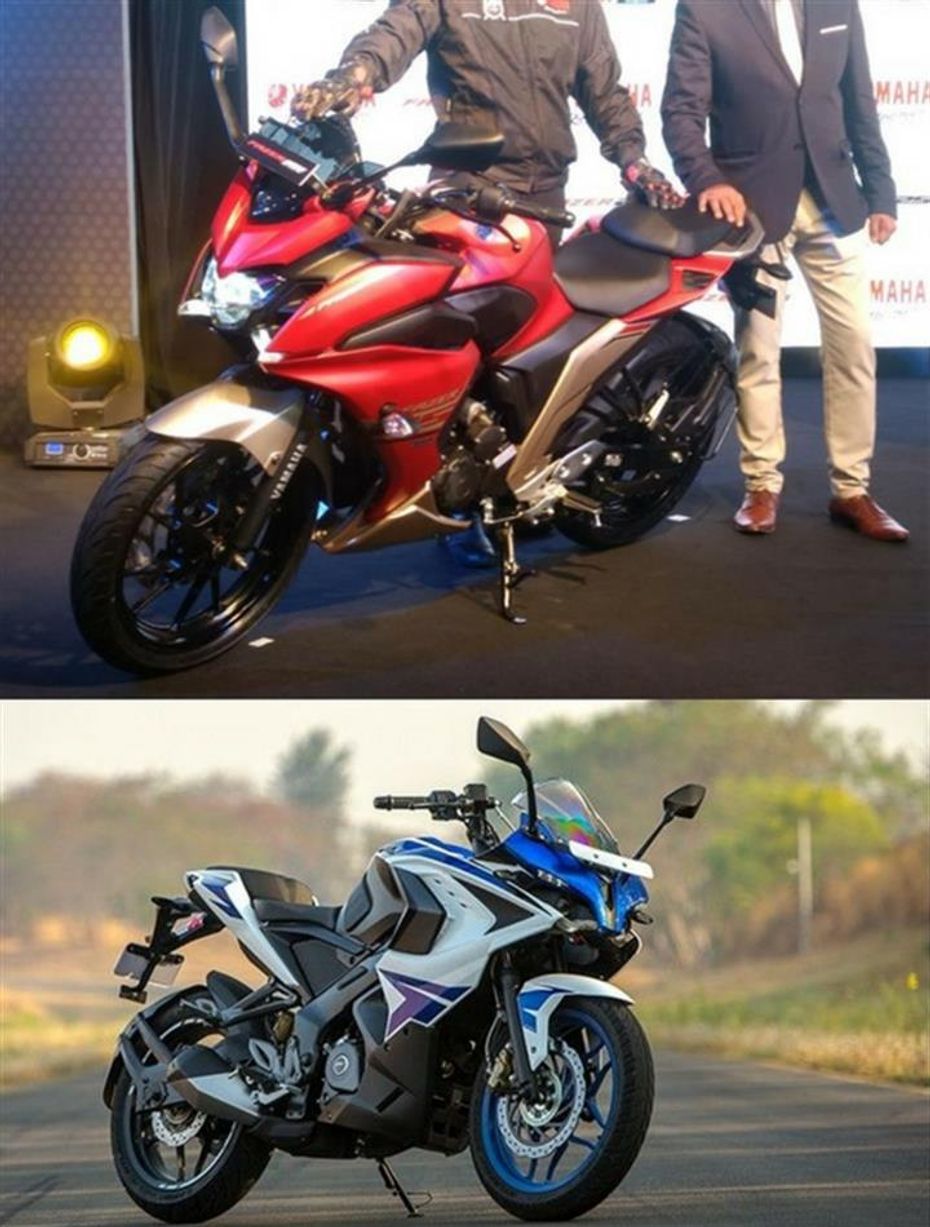
The Yamaha Fazer 25 is the company's first fully-faired offering in the 250cc segment and also the most powerful Yamaha produced in India till date. The Fazer 25 is priced at Rs 1.29 lakh (Ex-showroom, Delhi), making it one of the most affordable sports bikes in the entry-level segment today. What this means for the new Japanese entrant is that it has to take on the likes of the Bajaj Pulsar RS200, which is not only popular in this segment, but is also more affordable. We compare the two to find out if the Fazer has got the goods to take on its Indian rival.
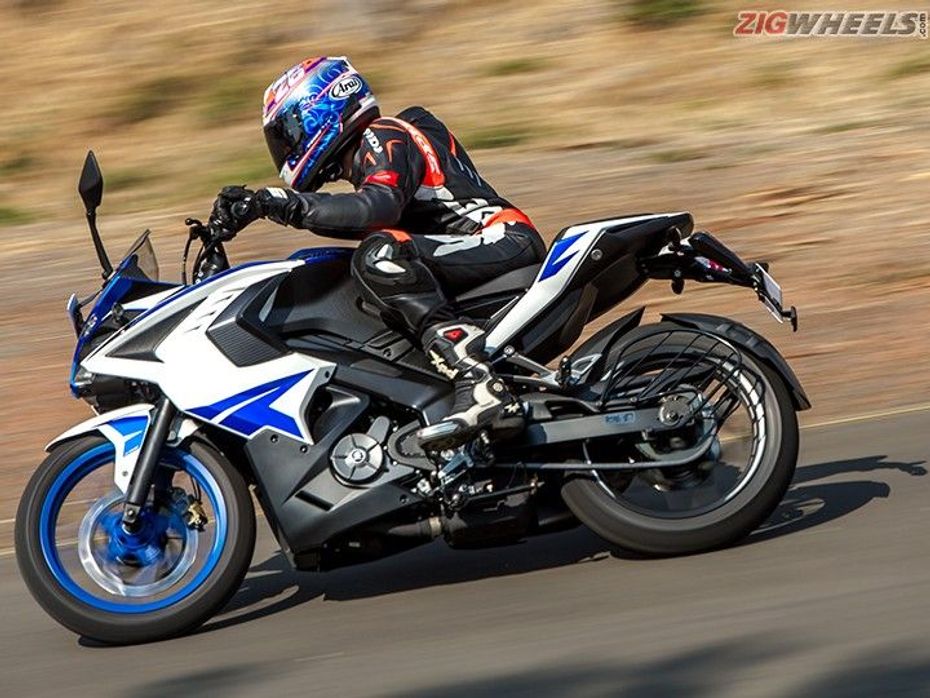
Engine -
The Yamaha Fazer 25 is powered by the same motor that powers its naked sibling, the FZ25. Mated to a five-speed gearbox, the fuel-injected, single-cylinder and oil-cooled motor showcases a displacement capacity of 249cc and generates 20.9PS of peak power at 8000rpm, with peak torque of 20Nm produced at 6000rpm. The motor isn’t a very powerful, torque-producing unit, and is tuned to deliver a more comfortable riding experience, be it in the city or on the highways. Performance is one of the most important factors in the entry-level sports segment and the Bajaj Pulsar RS200 takes the lead when it comes to power, despite the drop in displacement. The RS200 is powered by a 199.5cc, liquid-cooled, fuel-injected motor that produces 24.4 PS at 9500rpm, while 18.6 Nm of torque is produced at 8000rpm. Transferring this power to the rear wheel is a six-speed gearbox, which makes for closer stacked gear ratios. Since the Fazer 25’s motor is based on the FZ25 we can expect the refinement levels of the Japanese bike to be better than the Bajaj Pulsar RS200.
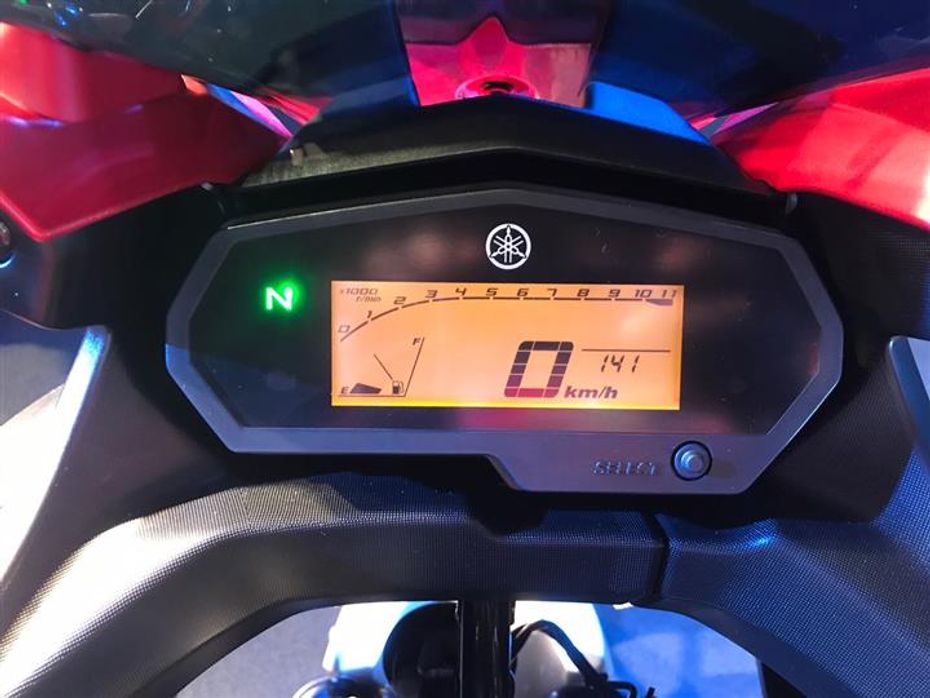
Features -
The Fazer 25 also features the same all-digital LCD instrument cluster, LED headlamps and LED tail lamps which are also seen on the FZ25. The added fairing with the front built around the headlamp unit also gets DRLs placed on either side of the unit. On the other hand, the Bajaj Pulsar RS200 gets twin projector lamps with DRLs on top of the laps. What makes the Bajaj stand out on the road is its uniquely styled tail lamp, which is one of the highlights of its design.

The instrument console is an analogue cum digital unit, with an analogue tachometer. Switchgear quality on both the bikes are good, but the RS200’s switchgear comes with backlit switch indications. As far as build quality and fit-finish levels are concerned, the Fazer seems to be stacked together a lot better than the Pulsar. Both get a two-piece handlebar, with mirrors mounted on the fairing. Split seats take care of the comfort for the rider and pillion, on both the bikes.
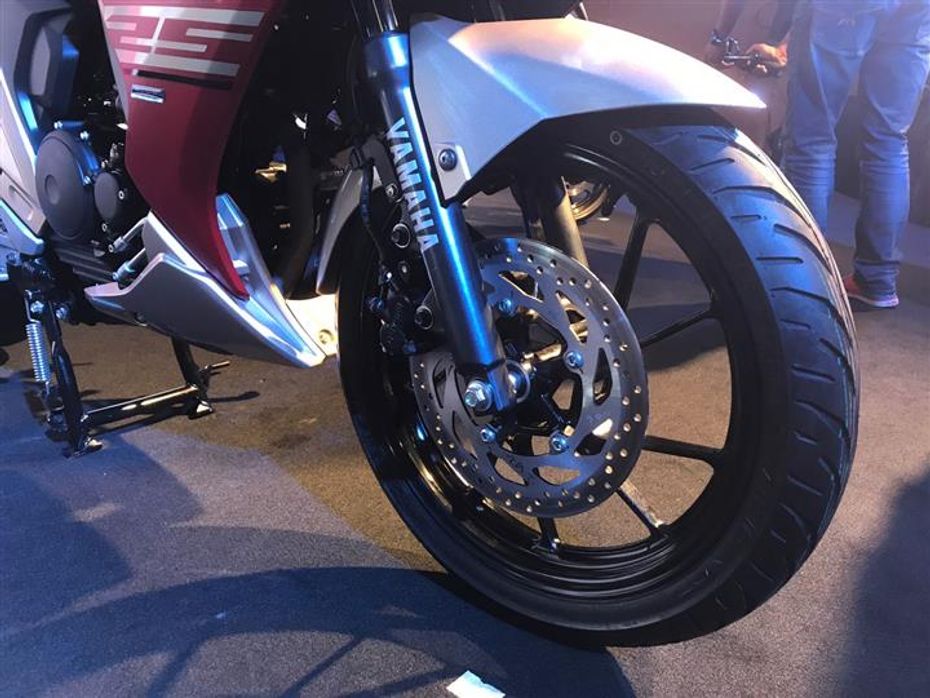
Dimensions and mechanical components –
While the Fazer 25 gets a diamond frame, the Bajaj Pulsar RS200 comes equipped with a perimeter steel frame. The Fazer 25 gets chunkier telescopic forks at the front, as compared to the ones seen on the RS200. Both feature a monoshock unit at the back. Braking on the Fazer 25 is managed by a 282mm disc at front and a 220mm disc at the rear. Currently, the company isn’t offering ABS, to keep costs in check. The RS200, though, comes with single-channel ABS as an option and braking duties are taken care of by a bigger 300mm petal disc brake upfront, while the rear gets a 230mm petal disc brake.
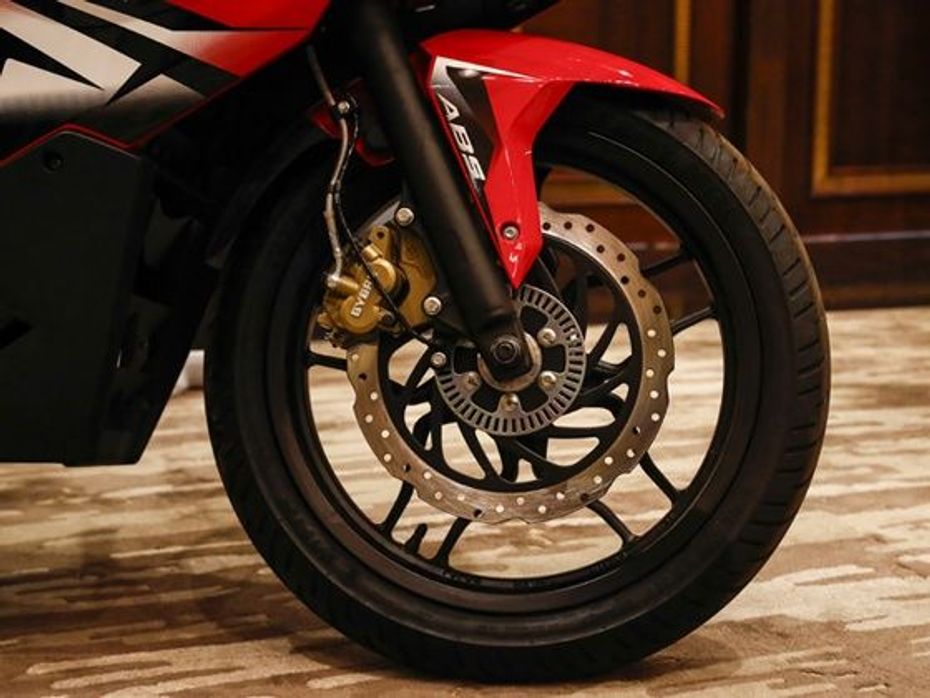
The Yamaha is the lightest motorcycle here, weighing in at 154kg, whereas the Bajaj Pulsar RS200 tips the scale at 165kg, which is 11kg heavier. The Fazer has a 1360mm wheelbase while the RS200 has a 5mm shorter wheelbase, measuring at 1355mm. The Fazer 25 also gets 14 litres of fuel tank capacity, which is 1 litre more than the RS’s 13-litre fuel storage.
Pricing -
The Yamaha Fazer 25 is priced at Rs 1.29 lakh (ex-showroom, Delhi), and is not only the company’s second full-faired sports bike to be manufactured in India but also the most powerful. Bajaj has always been known for offering its products at an aggressive price point and the Bajaj Pulsar RS200 is no different, as it's priced at Rs 121,894 for the non-ABS version, while the ABS variant is available for Rs 133,474 (both Ex-showroom, Delhi).
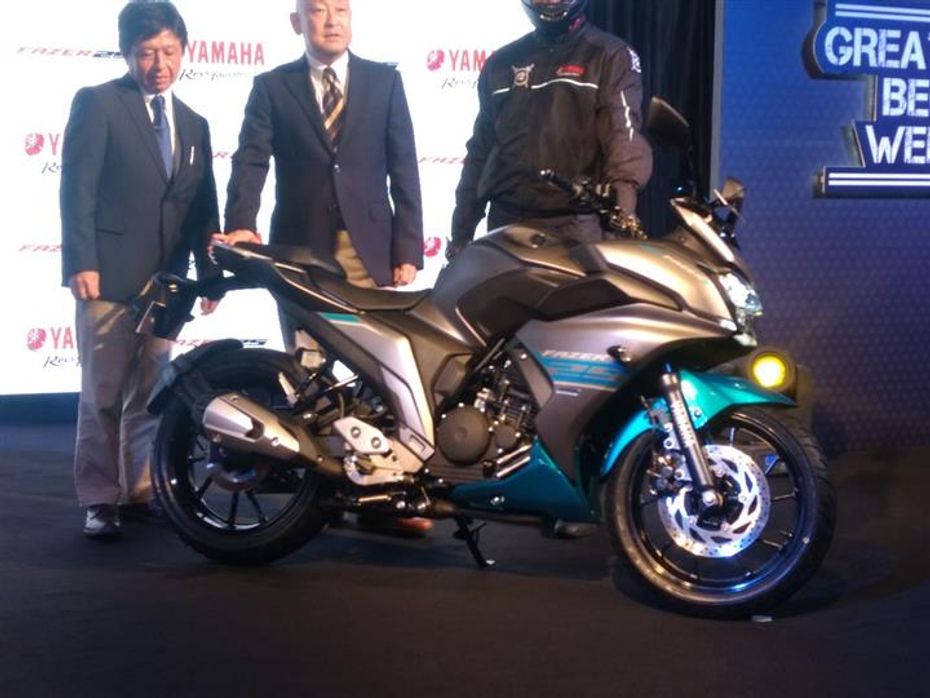
Both the entry-level sports bikes are engineered to perform at their best but are designed to cater to two different needs. Between the two, if you are looking for something more relaxed to travel long distances, the Yamaha would make a good option. But if you are looking for a more track-focused bike then you should definitely opt for the Bajaj.
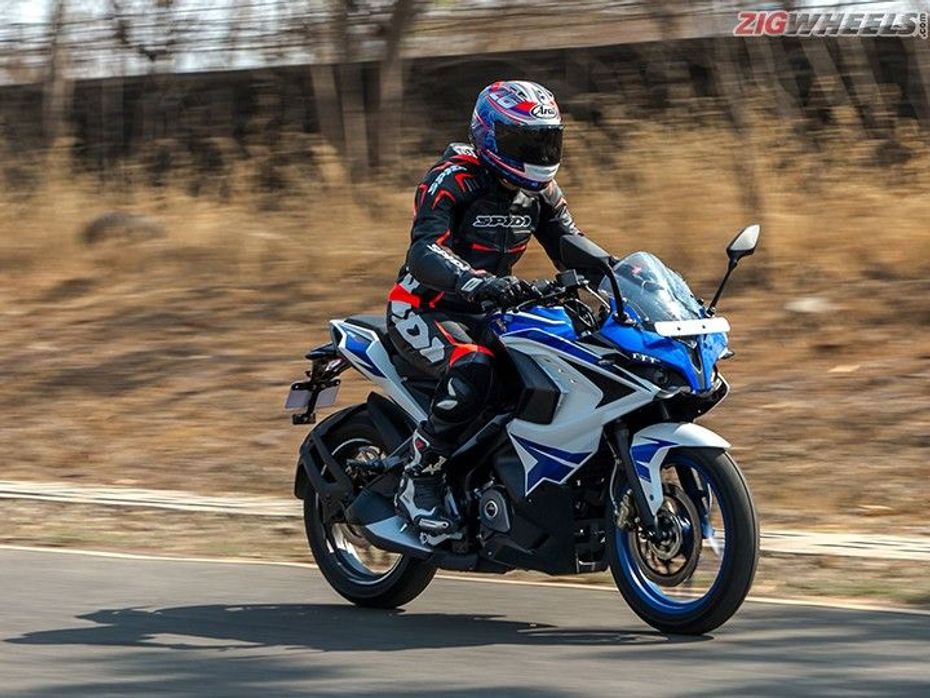

Here’s How The Yamaha FZ 25 BS6 Is Different From Its BS4...

Yamaha FZ25 vs TVS Apache RTR200 vs Bajaj Dominar 400 vs KTM 200...

Yamaha YZF R3 vs KTM RC390 vs Kawasaki Ninja 300 : Review : PowerDrift

Yamaha R3 vs Kawasaki Ninja 300 vs KTM RC390 | Coming Soon |...

The Yamaha R15 Is Faster Than This 250cc Chinese Bike!

How Different Is The BS6 Yamaha R15 V3 From The BS4 Iteration?

Yamaha YZF-R15 v3.0 vs KTM 125 Duke & Battle of Sporty Beginner Bikes

Yamaha R15 V3.0 vs Aprilia RS 150 vs Bajaj Pulsar RS200: Spec...

Honda Hornet 160R vs Suzuki Gixxer vs Yamaha FZ-S FI: Spec Comparison

Yamaha Fazer 25: Top 5 Facts
 Bajaj Pulsar 220 F
Bajaj Pulsar 220 F
 Bajaj Pulsar NS200
Bajaj Pulsar NS200
 Yamaha R15S
Yamaha R15S
India's largest automotive community
 Yamaha MT 15
Rs. 1.69 Lakh
Yamaha MT 15
Rs. 1.69 Lakh
 Yamaha R15 V4
Rs. 1.83 Lakh
Yamaha R15 V4
Rs. 1.83 Lakh
 Yamaha yzf r15 v3
Rs. 1.66 Lakh
Yamaha yzf r15 v3
Rs. 1.66 Lakh
 yamaha fz s fi version 3
Rs. 1.22 Lakh
yamaha fz s fi version 3
Rs. 1.22 Lakh
 Yamaha fzs fi v4
Rs. 1.30 Lakh
Yamaha fzs fi v4
Rs. 1.30 Lakh
 Yamaha Ray ZR 125
Rs. 92,880
Yamaha Ray ZR 125
Rs. 92,880
 Yamaha Aerox 155
Rs. 1.49 Lakh
Yamaha Aerox 155
Rs. 1.49 Lakh
 Yamaha Fascino 125
Rs. 92,680
Yamaha Fascino 125
Rs. 92,680